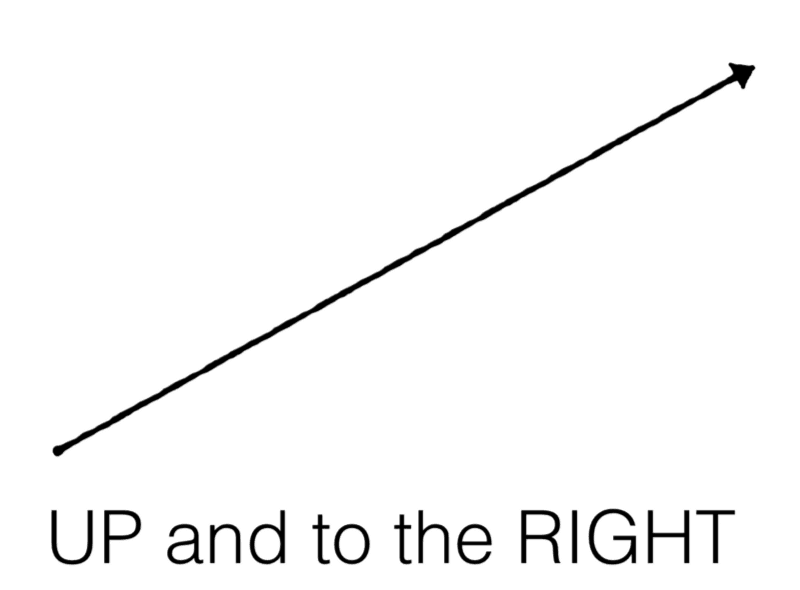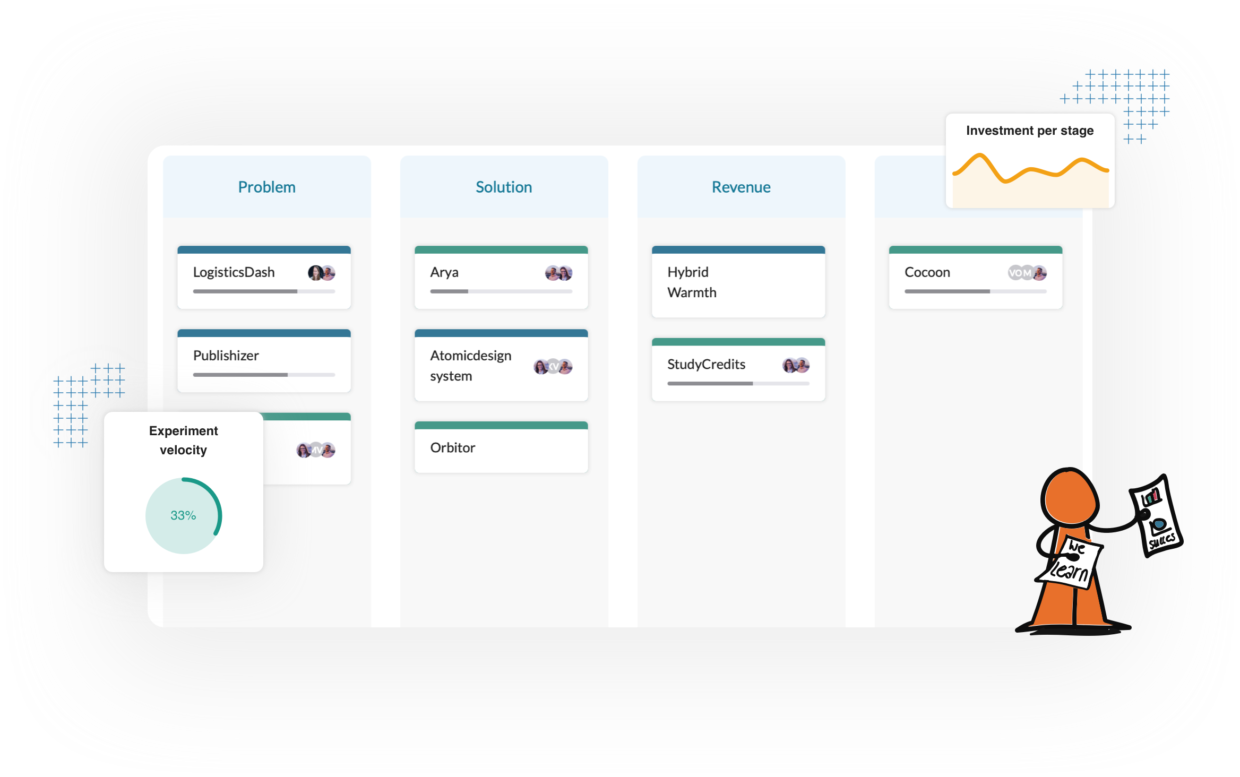An introduction to startup analytics
One of the most requested topics when mentoring startups is analytics. Startup founders know that they have to measure things and that analytics are the solution, but not a lot of people know how to actually apply it. The problem is that even after reading the books (like Lean Analytics, which I can highly recommend), it is still hard to apply to your own startup. In the next blogposts, we will try to explain analytics for startups in such a way that you can apply it to your own startup.
Analytics is the measurement of movement towards your business goals
Or to explain it in normal English, the basic question analytics answer is: “How are you doing?” When I started my first company in 2001, we had one metric that we were very proud of and showed prominently on the homepage:

1.346.505 profiles created. Something to be proud of right? Just like the second metric we had in our dashboard: 256.354.196.851 pageviews. Since… ever. But just like showing you have 39.576 downloads, those metrics are vanity metrics.

Vanity metrics have one goal and one goal only. They are meant to make you feel good. But making you feel good is not something you need as a startup founder. (Maybe you do, but not by looking at vanity metrics). So why are vanity metrics so bad? Well, they have one thing in common, they go:

It is actually very easy to spot a vanity metric. When a graph can only go up and to the right, it is a vanity metric. Total number of downloads, total page views, the sum of your revenue? All vanity metrics. But why are vanity metrics so bad?
If you look at the total number of downloads:

You do not immediately see a problem. The amount of downloads is rising. Maybe not as fast as you would like, but it is rising. If you look at the daily downloads, however, you see that there is a problem:

Instead of a rising (total) amount of downloads, the downloads per day were shrinking on a regular basis. (This is an actual example of my second startup ‘Snowciety’). After a little bit of research, we found the cause of these declines: The winter season was over in the Northern Hemisphere, and so people were no longer skiing and downloading our app. The Southern Hemisphere was not able to compensate. Only because we were looking at the downloads per day, we saw that there was a problem that we needed to fix.
Looking at the total numbers might make you feel good, but the goal of analytics is to show you how you are doing. Better even, they are meant to make you feel bad and uncover the pain. By showing you the pain in your startup, they trigger you to look for the actual problem. And startup founders are good at solving problems.

In the next blogpost, we will dive further into what makes a metric a good metric.

Timan Rebel has over 20 years of experience as a startup founder and helps both independent and corporate startups find product/market fit. He has coached over 250+ startups in the past 12 years and is an expert in Lean Innovation and experiment design.
